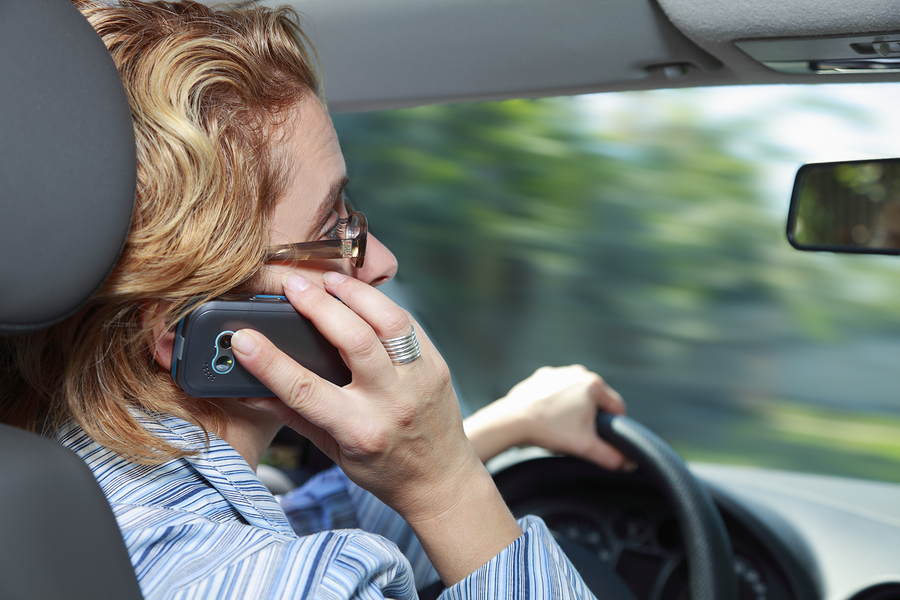
Drunk driving and distracted driving are different acts with similar outcomes. They result in a driver operating at less than their best, putting lives at risk all across St. Paul and the Twin Cities.
Drunk driving —- now called “driving while impaired” to account for drug-related effects — has historically received the most attention. Perhaps as a result, drunk driving arrests and fatalities in Minnesota have both dropped dramatically over the previous decade. Fatalities fell 30 percent between 2006 and 2015 and arrests dropped 40 percent, though more than 27,000 people were still arrested for DWI in 2015.
But while that problem has improved, the rise of smartphones has led to increases in distracted driving in St. Paul, in Minnesota and in the rest of the country. In just one recent example, a gruesome fatal accident in February in Lake Elmo is alleged to have resulted from a semi driver looking at his phone for eight seconds while traveling more than 60 mph.
Government has long sought to address both problems. Minnesota already has a range of laws to address distracted driving, and in March a bill to mandate hands-free use of cell phones cleared the committee level in the Minnesota legislature. Meanwhile, DWI laws in Minnesota call for a combination of criminal penalties and loss of driving privileges; WalletHub ranks the state near the middle of the pack for stringency.
All the stories, statistics and potential legal consequences, however, still do not always convince drivers to make smart decisions. Many may need additional support, and there are some tools available to help them avoid dangerous driving behaviors.
Apps
Though smartphones are the root cause of much distracted driving, these versatile machines also offer applications to limit it. The following two apps are free, and available for both iPhone and Android.
AT&T Drivemode can silence incoming calls and texts, and automatically respond with a text that confirms you are on the road. It operates when the vehicle you’re in exceeds 15 mph. LifeSaver detects driving and blocks phone use, and features a driver portal for parents or loved ones. Through the portal, parents can confirm the app remains on, receive arrival notifications and set up their own rewards program.
Users should make their own choices about what works best for them; the National Safety Council has some tips for choosing the right technology.
In-car technology
Ignition interlock devices (IID) are commonly used a component of sanctions against convicted drunk drivers. When an IID is installed, the car can’t be started until the driver blows into the device to prove they have not been drinking. Minnesota’s program, implemented in 2011, allows first-time offenders who had a blood-alcohol level of at least 0.16 and all second-time offenders to regain driving privileges through the use of an IID.
These add-on devices may soon be trumped by advanced technology that can sense alcohol use based on touch or breath, and be potentially installed in all vehicles.
Driver-assistance technology already in mass production can help address distracted driving. Autonomous emergency braking and lane departure warning systems utilize cameras and sensors to prod drivers into safety maneuvers, if not make the maneuvers automatically.
Public transportation
A driver can’t be distracted if he’s not actually driving. MetroTransit provides a series of light rail lines and bus routes throughout the Twin Cities. Eat a sandwich, text a friend or play the hottest new game app throughout your commute when using public transportation. Private services, such as taxis or ride-sharing companies, provide additional options, especially for those who had too much to drink and make an unscheduled decision to not drive their own car.

